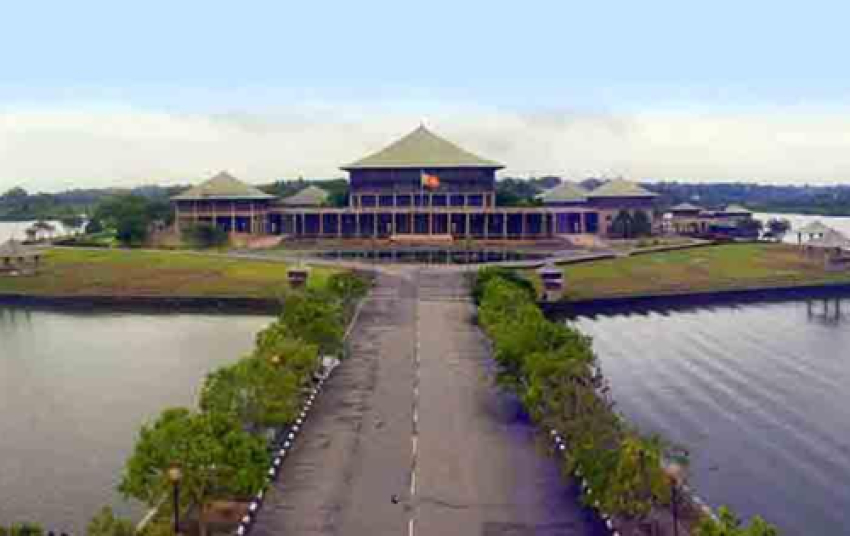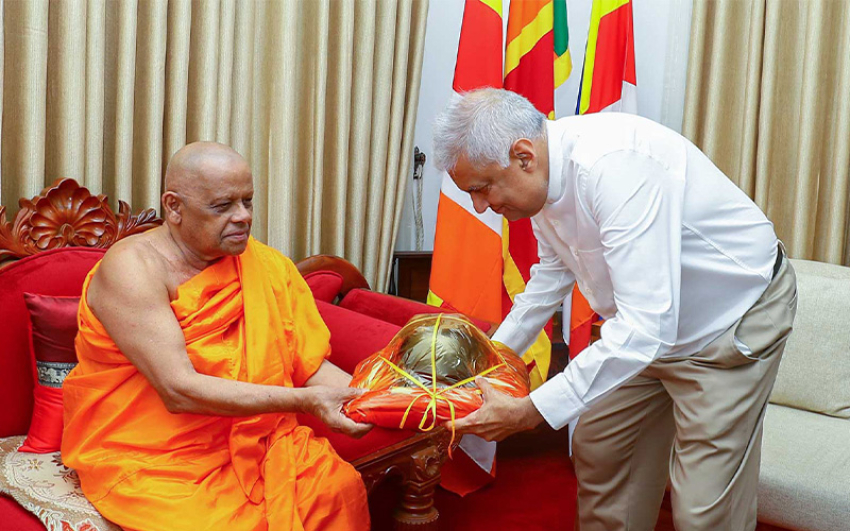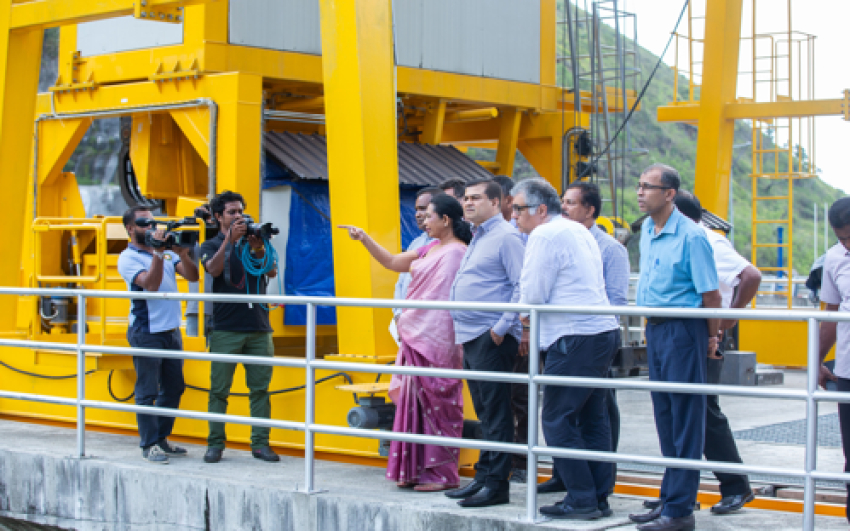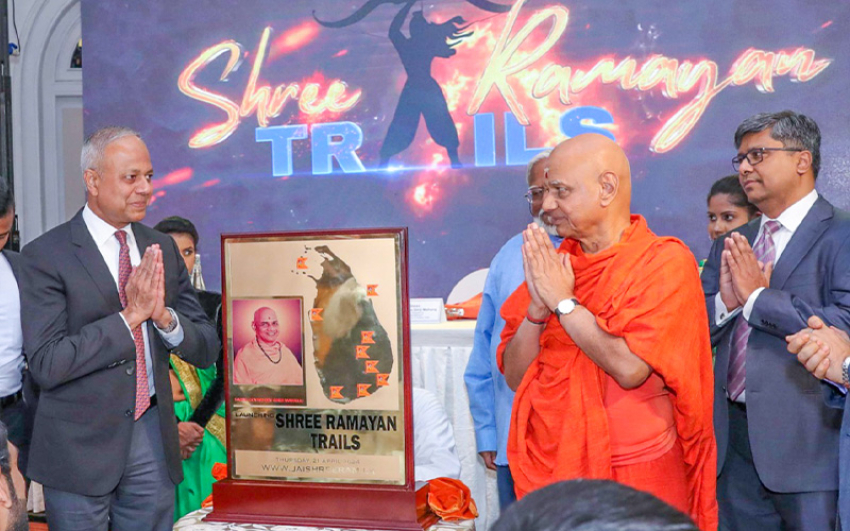Many types of different industries produce all kinds of articles and implements for children. It is a huge business considering the large numbers of babies born every day. Among the many different things that are thought by most people to facilitate growth in babies and attainment of milestones, particularly of locomotion, the baby walker perhaps takes pride of place. These appliances have been produced and sold in many parts of the world, including developed countries as well as the developing countries. They are quite a fad in Sri Lanka too and many are the households that have these appliances in use for babies.
A baby walker consists of a rigid frame on wheels with a sling seat. It is a device that can be used by infants who cannot walk on their own to move from one place to another. Patents were issued for baby walkers as early as 1851. The modern baby walkers have a base made of hard plastic sitting on top of wheels and a suspended fabric seat with two leg holes. A baby walker often has toys attached to the top to entertain the baby. It is designed for a child between four and 16 months. Babies can sit in the seat and move around, rather freely, before they are able to sit alone or crawl.
Apart from the entertainment, which this toy gives a child, parents often give other reasons for using the walker. These include reasons such as promoting walking and providing exercise. Although many parents believe that such walkers teach a child to walk faster, many studies and expert opinions suggest that the device may actually delay walking by even very many weeks. Babies who use walkers tend to have an abnormal gait at first. However, this tends to resolve quickly with time.
Babies need to spend time playing on the floor to learn to roll, sit, crawl and walk. When a baby crawls and pulls himself or herself up while holding on to furniture, the baby is making the muscles needed for walking stronger and learning about balance. Baby walkers do not help a baby to learn to walk, and may even slow down their development. They do not learn how to balance while in a walker since they are securely placed in the walker and it is not necessary to balance in it. Babies also learn to walk on their toes when pushing a baby walker around. The real problem here is that they may continue to walk on their toes when they start to walk unaided. Their leg muscles may also become somewhat tighter due to this reason.
It has been estimated that, right around the world, more than half of all babies between the ages of five and 15 months are made to utilise these baby walkers. Estimated sales have been as high as three million dollars per year in some countries. Babies almost universally adore them and parents too love to use them because they may keep an otherwise fussy baby entertained, often for hours. However, they are one of the most dangerous inventions made for children, causing a lot of harm and heartache each year. Curiously enough, in some of the research studies, up to one-third of parents have said they use the walker because they feel it will keep their infant safe. Unfortunately, this is a misconception. There is a growing concern in many parts of the world about the dangers associated with the use of baby walkers and there are calls for them to be banned because they have been involved in a high number of accidents and injuries to babies. For this reason, consumer affairs or fair trading offices of many countries consistently review the sale of baby walkers and recommend that they should not be used.
Although there have been many efforts undertaken to improve the safety of baby walkers, many children continue to be seriously injured in them every year. In baby walkers, babies can move around quickly before they are old enough to control what they are doing, so they can run into all sorts of dangers. Babies can move across a room in seconds and so very quickly be in danger. It is also true that babies are somewhat taller in a baby walker and they can reach things which they would not normally be able to reach such as electrical cords in the kitchen, hot drinks on low tables and cleaning products on shelves or in open cupboards. There have been a large number of head injuries to babies less than 12 months of age from using baby walkers, especially from tipping down a step. In terms of actual numbers of untoward outcomes, two-thirds of injuries are associated with the walker falling down stairs or tipping over even due to a small change in surface level. A further 20 percent involves children getting access to hazards such as hot drinks, heaters, irons or cleaners. Baby walkers can be dangerous as they allow infants to move more quickly around the house and grab things normally out of their reach. Their new mobility and added height can place babies in dangerous situations with access to benchtops and the potential to pull boiling kettles or irons down onto themselves, fall down stairs or reach open fires or heaters.
A baby in a walker can also tip over on uneven surfaces. Most of the injuries are suffered by children under 12 months of age and are to the head. The problem, however, is not so much with the baby walkers themselves. Baby walkers make children inappropriately mobile much earlier than normal. About one-fourth of all reported injuries with walkers involved injuries to the head, including fractures. Walkers allow for an infant who is normally not very mobile to become quite efficient at getting around. So, other injuries including pinched fingers, burns and accidental poisonings have all been reported due to the child being able to get into dangerous areas with lightning speed.
The track record with mobile baby walkers was so dismal that the American Academy of Pediatrics recommended banning the manufacture and sale of mobile infant walkers. This never occurred and a lukewarm and partial response was made in the form of a new standard, adopted as of July 1997. In the US, to meet the new standard, the new generation walker must have one of two features. Walkers are now made wider so they cannot fit through most doorways and can stop at the edge of a step. In Canada, the sale of baby walkers was banned on April 7, 2004. Canada is the first country in the world to ban the sale, importation and advertisement of baby walkers. This ban even extends to modified and second-hand baby walkers including those sold at garage sales. Owners of baby walkers may be fined up to 100,000 Canadian dollars or sentenced for periods of up to six months in jail. This is the length to which that country has gone to prevent the use of these devices presumably because of the inherent dangers of these contraptions.
However, in spite of all these recommendations from the developed countries, if a parent decides to purchase a baby walker, there are several things that he or she should do to try and minimise the potential problems. At the outset, before one decides to buy a baby walker it is worthwhile looking at other products which could entertain a baby, but which do not have wheels. An appliance that is a good example of this is a playstation. These are very much safer for the baby. Still for all this, if a decision is taken to purchase a baby walker, it is imperative that certain safety features are carefully looked for. Some of these are braking mechanisms and wide bases. Some newer ranges of baby walkers have a mechanism to stop the baby walker falling when it reaches a change in level such as a step. It is also necessary to check that any locking mechanisms work well and are out of the baby’s reach. Care must be taken to ensure that metal parts are smooth and are free of sharp edges. One should not buy a baby walker if it has gaps that could trap a baby’s fingers or toes.
If it is absolutely essential for one of these contraptions to be used, for a number of plausible reasons it is vital that children are closely supervised at all times when they are put into baby walkers. Babies should never be left to their own devices in baby walkers. If you decide to use a baby walker, make sure there is nothing your baby can run into or get hold of that will harm the baby such as fires, heaters, steps, stairs and power cords. One would have to take steps to make the home ‘baby walker safe’. It is advisable to block off stairways and put barriers around stoves, heaters and fires. Any objects that may cause the baby walker to tip over should be removed. Items such as kettles, irons and hot drinks should be kept out of the way and out of reach of the baby. Baby walkers should not be allowed in areas and surfaces where there is a change in floor level. Children can move very quickly in a walker, up to a metre per second. This increases the chance of them reaching hazards even before a parent or the by-standee can catch them. However, it is still mandatory that an adult always stays near a baby in a baby walker. It is generally thought that one should use baby walkers only for a short period at a time. Walkers should not be used before a baby can sit alone or after the baby can walk. They are to be used, if at all, only for that rather short period in between these two milestones.
It is extremely important to understand that even the new baby walker designs with some sophisticated mechanisms will not prevent all injuries from walkers. These modifications are certainly not a guarantee against any and every untoward occurrence. Because these modern baby walkers still have wheels, children can move faster and reach higher than they could on their own. Parents who are considering toys for infants will find their money much better spent on playthings other than walkers. There are stationary walkers that have no wheels but have seats that rotate and bounce while keeping a baby in just one spot.
The last word from many authorities involved in childcare seems to be that the usual mobile baby walkers are not safe for babies and it is strongly advised that these appliances should not be used routinely. This is not likely to be popular with the baby walker industry but facts have to be faced. Many Western countries have taken steps to either ban or curtail the production of these devices for the reasons enumerated in this article.




















